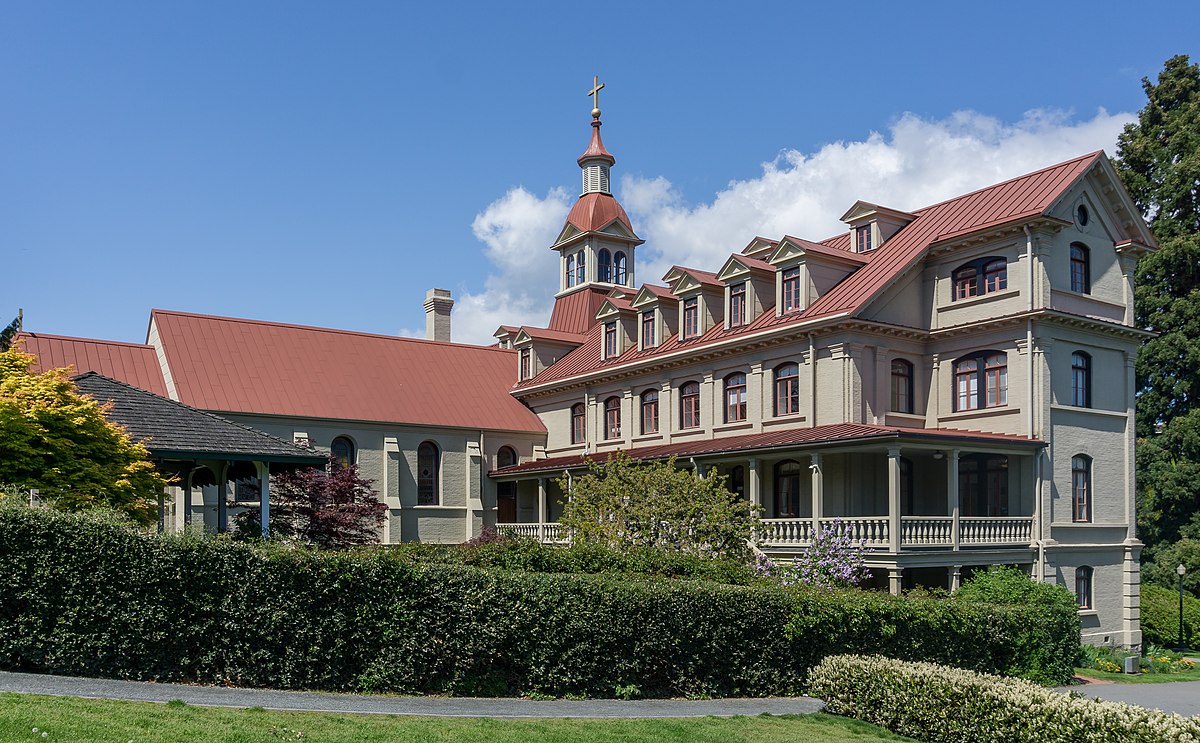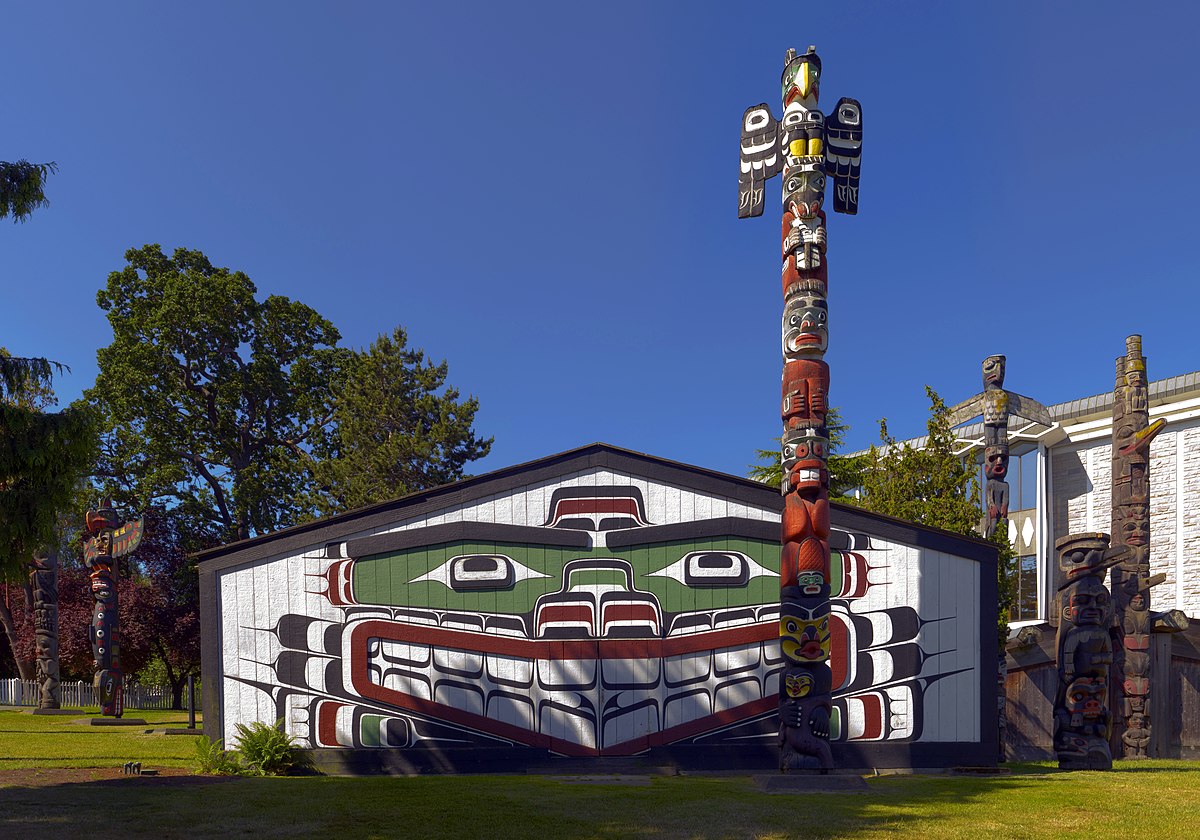
Image via Wikipedia
Ning Young Building
The Ning Young Building, prominently situated on Pandora Avenue in Victoria, British Columbia, stands as a physical reminder of the early Chinese immigrant experience in Canada. Originally part of a cluster of brick commercial buildings constructed in the 1880s to replace wooden shacks, it became a ...
The Ning Young Building, prominently situated on Pandora Avenue in Victoria, British Columbia, stands as a physical reminder of the early Chinese immigrant experience in Canada. Originally part of a cluster of brick commercial buildings constructed in the 1880s to replace wooden shacks, it became a center for community organization and mutual aid among Chinese migrants who were largely excluded from broader society[3]. The building's association with the Hoy Sun Ning Young Benevolent Association, established by immigrants from Hoy Sun (Kaiping), Guangdong, China, marks its enduring role as a social and cultural hub for the local Chinese Canadian community[10]. The Association's efforts to support members with legal aid, burial assistance, and community events directly shaped the resilience of Victoria's Chinatown, even as external pressures and discrimination persisted[6]. Physical evidence of this history remains in the period brickwork and the Association's continued presence in the building[6][10].
In 1904, just two decades after the building's construction by entrepreneur Loo Chew Fan, it was purchased by Lee Cheong and Mark Kin Cho on behalf of the Ning Young Yee Hing Tong, later renamed the Hoy Sun Ning Young Benevolent Association in 1914[10]. This transfer of ownership was not merely a real estate transaction but a strategic consolidation of community resources. Chinese immigrants, often facing exclusionary laws and hostility, relied on these organizations to provide essential services the government did not. The Association mediated disputes, assisted with repatriation of remains to China, and offered a social safety net, all while helping new arrivals navigate an unfamiliar legal and economic system. Their decision to purchase and maintain the building reflected a deliberate choice to invest in self-sufficiency amid significant adversity[3][6].
During the early 20th century, the Ning Young Building became a focal point not just for commerce but for collective action. The Benevolent Association used the space to organize resistance against discriminatory policies, such as the notorious "head tax," and to foster cultural continuity through festivals and language schools. The building's physical layout—its meeting halls and offices—showcased a pragmatic response to exclusion, creating a space where the Chinese community could assert autonomy despite external constraints. While the broader cityscape shifted around it, the Ning Young Building's purpose as a community anchor remained constant, its brick walls literally and figuratively sheltering generations of migrants striving for dignity and belonging in Victoria[3][6][10].
In 1904, just two decades after the building's construction by entrepreneur Loo Chew Fan, it was purchased by Lee Cheong and Mark Kin Cho on behalf of the Ning Young Yee Hing Tong, later renamed the Hoy Sun Ning Young Benevolent Association in 1914[10]. This transfer of ownership was not merely a real estate transaction but a strategic consolidation of community resources. Chinese immigrants, often facing exclusionary laws and hostility, relied on these organizations to provide essential services the government did not. The Association mediated disputes, assisted with repatriation of remains to China, and offered a social safety net, all while helping new arrivals navigate an unfamiliar legal and economic system. Their decision to purchase and maintain the building reflected a deliberate choice to invest in self-sufficiency amid significant adversity[3][6].
During the early 20th century, the Ning Young Building became a focal point not just for commerce but for collective action. The Benevolent Association used the space to organize resistance against discriminatory policies, such as the notorious "head tax," and to foster cultural continuity through festivals and language schools. The building's physical layout—its meeting halls and offices—showcased a pragmatic response to exclusion, creating a space where the Chinese community could assert autonomy despite external constraints. While the broader cityscape shifted around it, the Ning Young Building's purpose as a community anchor remained constant, its brick walls literally and figuratively sheltering generations of migrants striving for dignity and belonging in Victoria[3][6][10].






.jpg)

